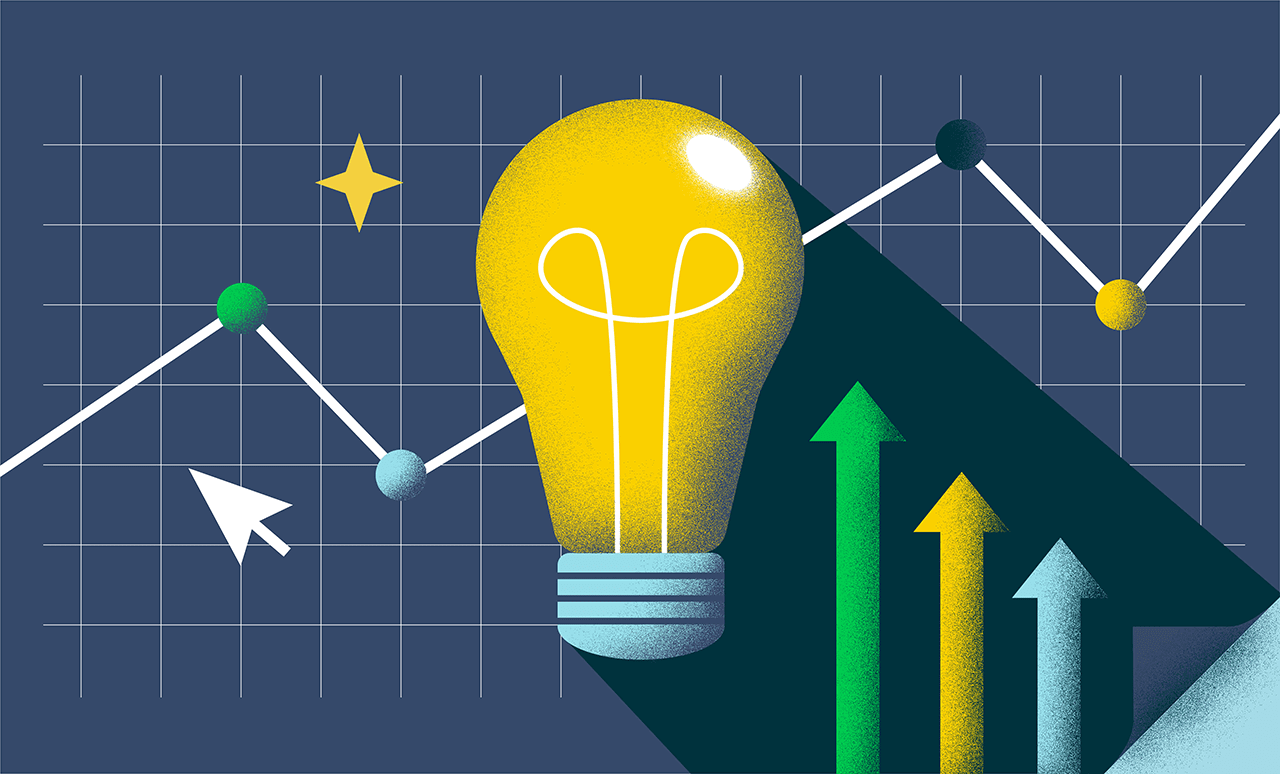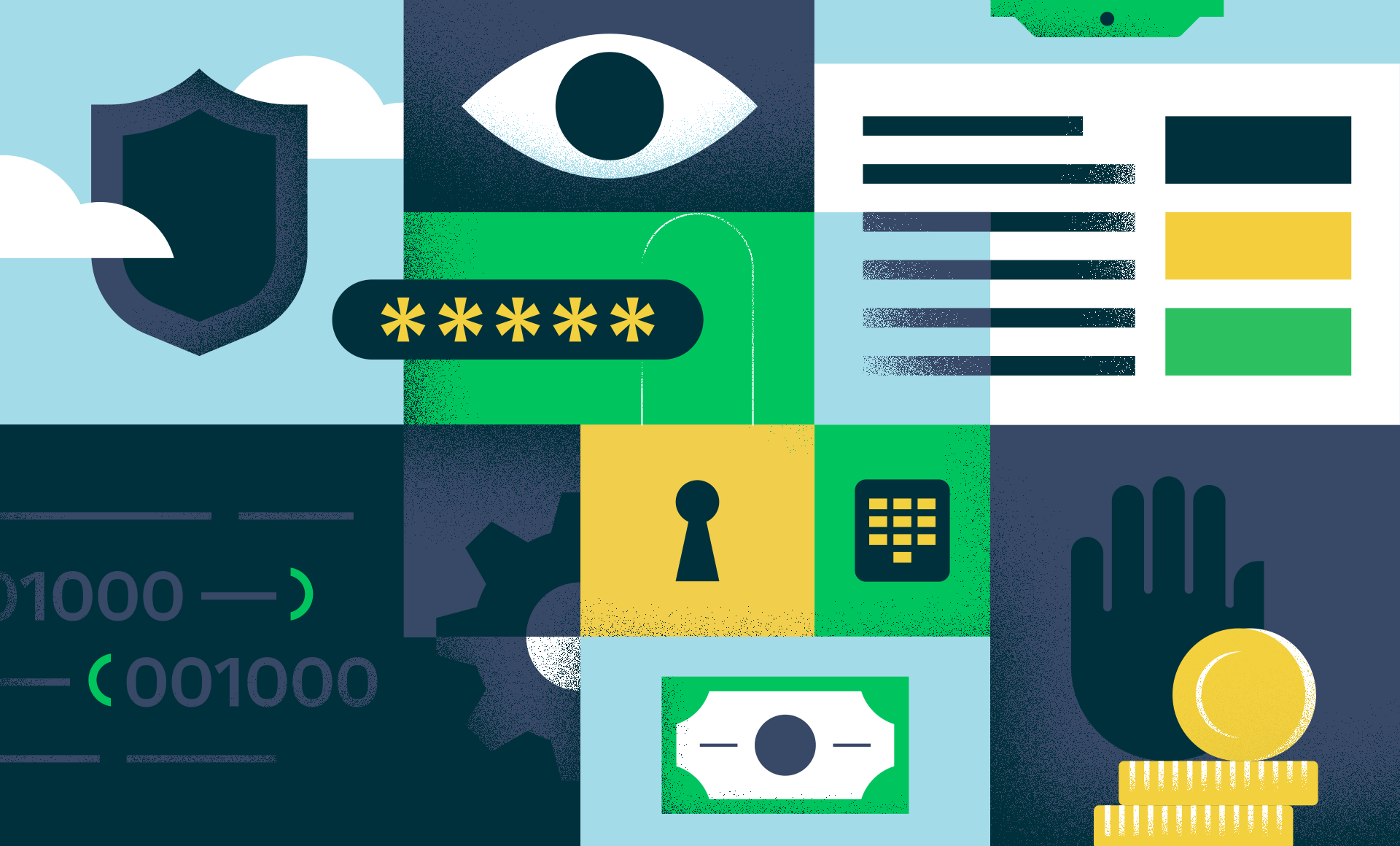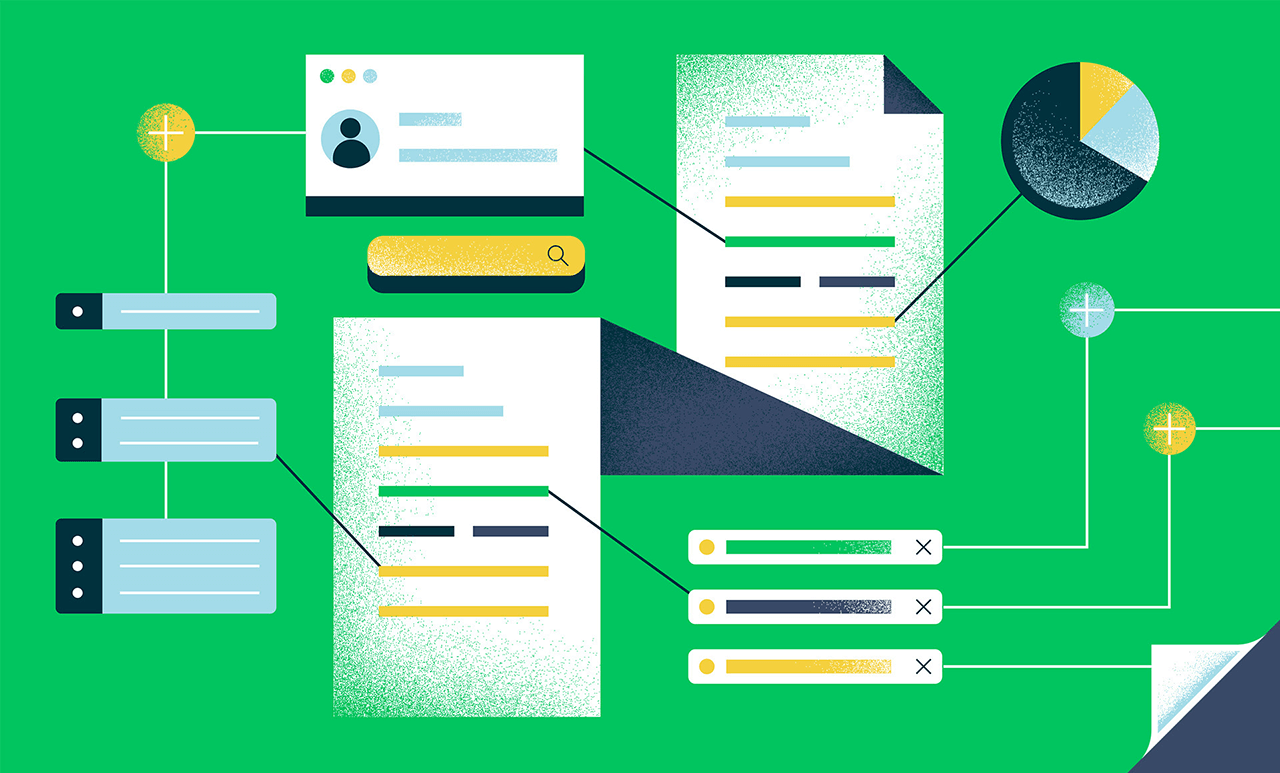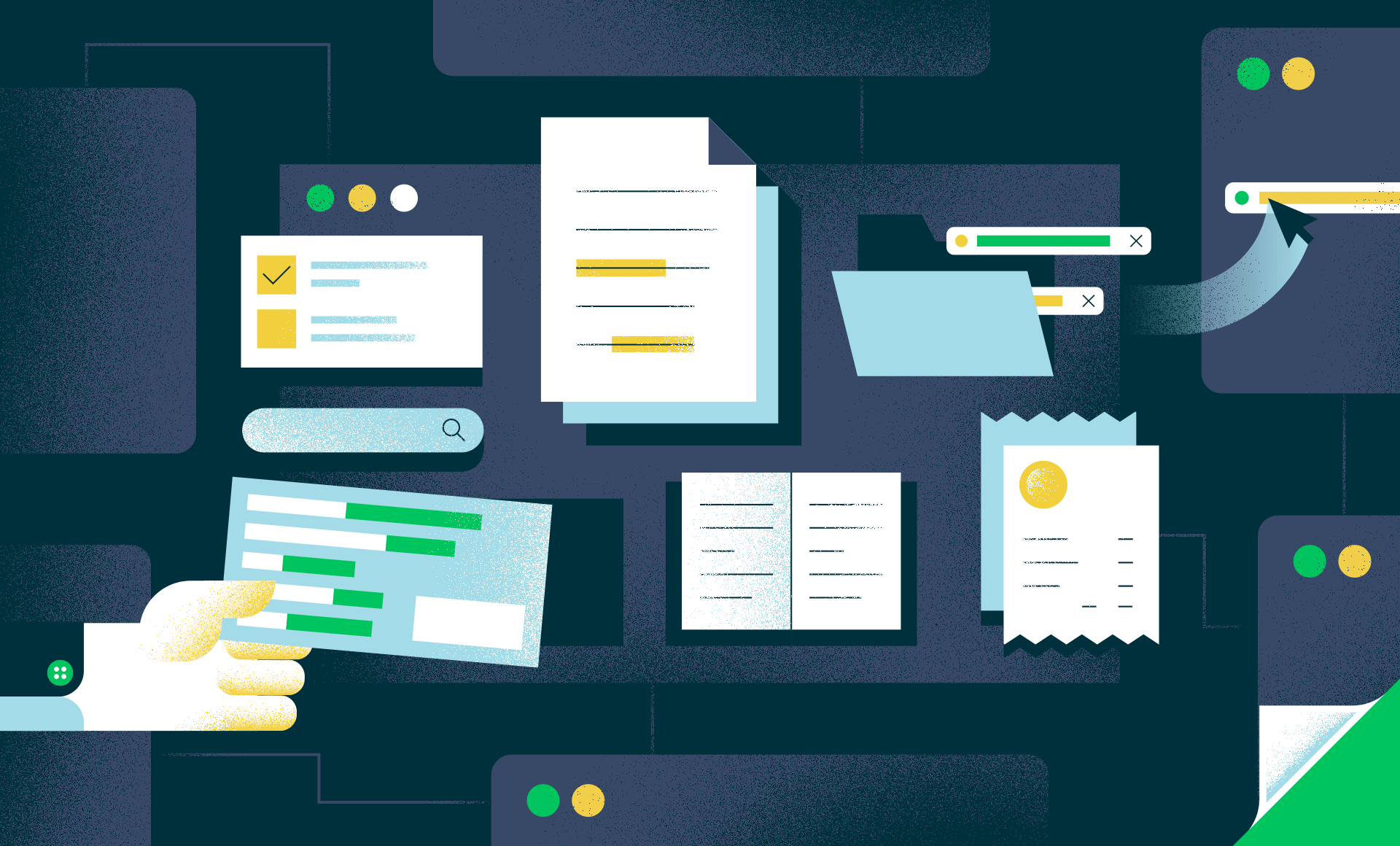This article is the second of a series of four that trace the history of contract automation and technology, and its future. See the first installment here.
For about 20 years, from the 90s through the early 2010s, the predominant contract automation technologies were based on keywords, rules and expert systems. These systems all faced problems of scalability. Applying rules to extract meaning from something as complex as the unstructured text found in contracts proved to be brittle and overly complex, requiring heavy human curation and intervention to adjust for changes in underlying law and simply human language variations.
This profusion of human curation and intervention cut across the entire contract lifecycle:
- To speed contract drafting, lawyers created ever-growing libraries of standard forms, complete with manually-curated clause banks and “playbooks” to define the universe of acceptable terms. Only occasionally (and with great pain) were these built into document assembly systems.
- Lawyers might save contracts in deal banks (sometimes in a document management system, sometimes in a separate system). These often required the lawyer to fill out a questionnaire / cover sheet to restate important deep points in a standardized form, to make them findable later.
- In larger corporations, some large businesses stored sales contracts in CRM (Customer Relationship Management) systems like Siebel and Salesforce, vendor contracts in procurement systems like Ariba or Oracle, and occasionally specialized Contract Management systems like Novatus or Selectica. To make all of these searchable it was commonplace to employ an army of contractors to manually enter data into databases, essentially retyping legalese into deal points that could be searched.
- Specialized online research systems started to make a business of “mining” public databases for contract clauses from public filings. For example, GSI Livedgar employed analysts who tagged all transactions in the US SEC’s EDGAR database with a taxonomy of Deal Points to facilitate searching. Deeper searching for clause language was created by having yet more expert analysts build complex pre-crafted search queries.
All of these approaches relied in part on the semi-standardized nature of contracts - clauses, headers, defined terms, schedules. But it was a fragile system and would fall apart when a contract didn’t fit the expected mold, such as when a lawyer invented a new deal structure that hadn’t been seen before, or when laws and regulations changed and necessitated new queries. It was not inherently scalable.
Lessons from eDiscovery
It is peculiar that manual rules and keywords in contract searching persisted for more than two decades because, in the meantime, machine learning was rapidly catching on in the litigation side of the legal industry. Technology-Assisted Review (TAR) based on machine learning techniques proved to be a scalable solution for analyzing the huge stores of email and other documents that are relevant to a large-scale lawsuit. In the US, a phase of litigation called “discovery” requires parties to hand over relevant documents in response to the opposing party’s request for evidence to support a case. At some point after email became prevalent in the late 1990s and early 2000s, that necessitated extensive “electronic discovery” – at which point the volume of “responsive” documents exploded; manual review for responsiveness became impossible, and TAR came to the rescue.
A variety of techniques could be applied to the eDiscovery process, as a way of predicting which documents in a large set of emails, memos, and many other types of documents were responsive to an eDiscovery request. Early systems still frequently relied on rules-based systems and complex queries, but as time went on more and more employed non-rules-based approaches to model document concepts (such as latent semantic indexing and eventually supervised machine learning). Modern Technology-Assisted Review (TAR) software tends to leverage a variety of techniques that allow the machine learning algorithm to direct human review effort to the most impactful documents (using some court-approved or agreed definitional criteria).
The big leap in contract technology finally came in the early 2010s as a small crop of companies like Kira (which was then named “DiligenceEngine”) began to see that the unstructured nature of contracts provided an excellent use case for the increasingly sophisticated machine learning technologies that were being leveraged in eDiscovery. These companies set out to test whether the techniques that were used to identify relevant documents in a litigation eDiscovery process could be adapted to extract valuable data and insights from large collections of contracts.
Adapting Machine Learning to Contract Data
Success was not immediate. For one thing, it turned out that the problems that needed to be solved for contracts had significant differences from the problems to be solved in eDiscovery. First, with contracts a user typically needs to pinpoint specific clause language, while eDiscovery users look for relevance only on the document level. Second, with contracts users are often looking for the same thing from deal to deal, while in eDiscovery the unique facts of the case can vary so much that a new ML model needs to be crafted every time. Third, in many of the most critical contract review scenarios - such as a divestiture or a regulatory compliance review - pretty much every document being reviewed actually needs to be reviewed. In eDiscovery, techniques like sampling and having software guide reviews are more common.
Specialized contract analysis software pioneers such as Kira, which was commercially launched in 2013, addressed all of these differences. They were built from the beginning to pinpoint clause language, not just whole documents. They eliminated the need (common in eDiscovery systems) to train a new model every time. This was accomplished by including a set of models (pre-trained by our lawyer-experts) for all of the most important clauses: termination, assignment, change of control, governing law, etc. And they came with workflow tools to make sure the reviewer could see and confirm every page of every document - if needed - to ensure accurate and complete review.
The Scalability Breakthrough
These capabilities made contract analysis software very useful for applications like M&A due diligence. But it still wasn’t scalable to the other myriad contract review needs such as general contract management, contract audit, real estate etc., not to mention the need to handle non-English languages and to meet the needs of all the precise variants and specialized expertise of individual teams of lawyers and other professionals. The software needed one more thing – the ability for users to train their own models without any technical machine learning knowledge from the user’s perspective.
The turning point came in 2015, when Kira announced a capability that allows that customization, called Quick Study, simply by highlighting examples on screen. The big leap here was that Quick Study allows users to customize their use of machine learning for their specific task, without needing to become machine learning experts themselves. With Quick Study (which may have been the first ever application of what is now increasingly referred to as “AutoML” to documents like contracts) the system was finally scalable. Any subject matter expert could employ the machine learning system to apply to their area of expertise - no technical services required.
At this stage of development, machine learning had driven contract technology forward in just a few short years, from a word processing-centric focus on simple drafting tools and document automation, to a much more versatile downstream application that treated contracts as a valuable source of data. Machine learning enabled the extraction of that value and set the stage for both lawyers and other business functions to fully leverage the data in contracts in other business processes.
Even as the core analytic capabilities of Kira have improved in this way, we’ve also improved the ways that Kira integrates with our customers’ other systems, through the development of strong industry partnerships (such as Intralinks for due diligence, and Apttus/Conga for contract management), and by offering APIs, which allow custom integrations with myriad other tools. Data from contracts can be more widely distributed in enterprise systems, where it can be leveraged by various functions including business intelligence, strategy, purchasing, marketing, and many others.
The application of machine learning to contracts was a long time coming and a giant leap forward. It had become the gold standard for high-quality, efficient extraction of insight from contract data. But those technical enhancements are not static. Each application of AI to a legal problem is built on the shoulders of domain experts. That interplay between technical expertise and legal domain expertise is the subject of the next article in this series.



